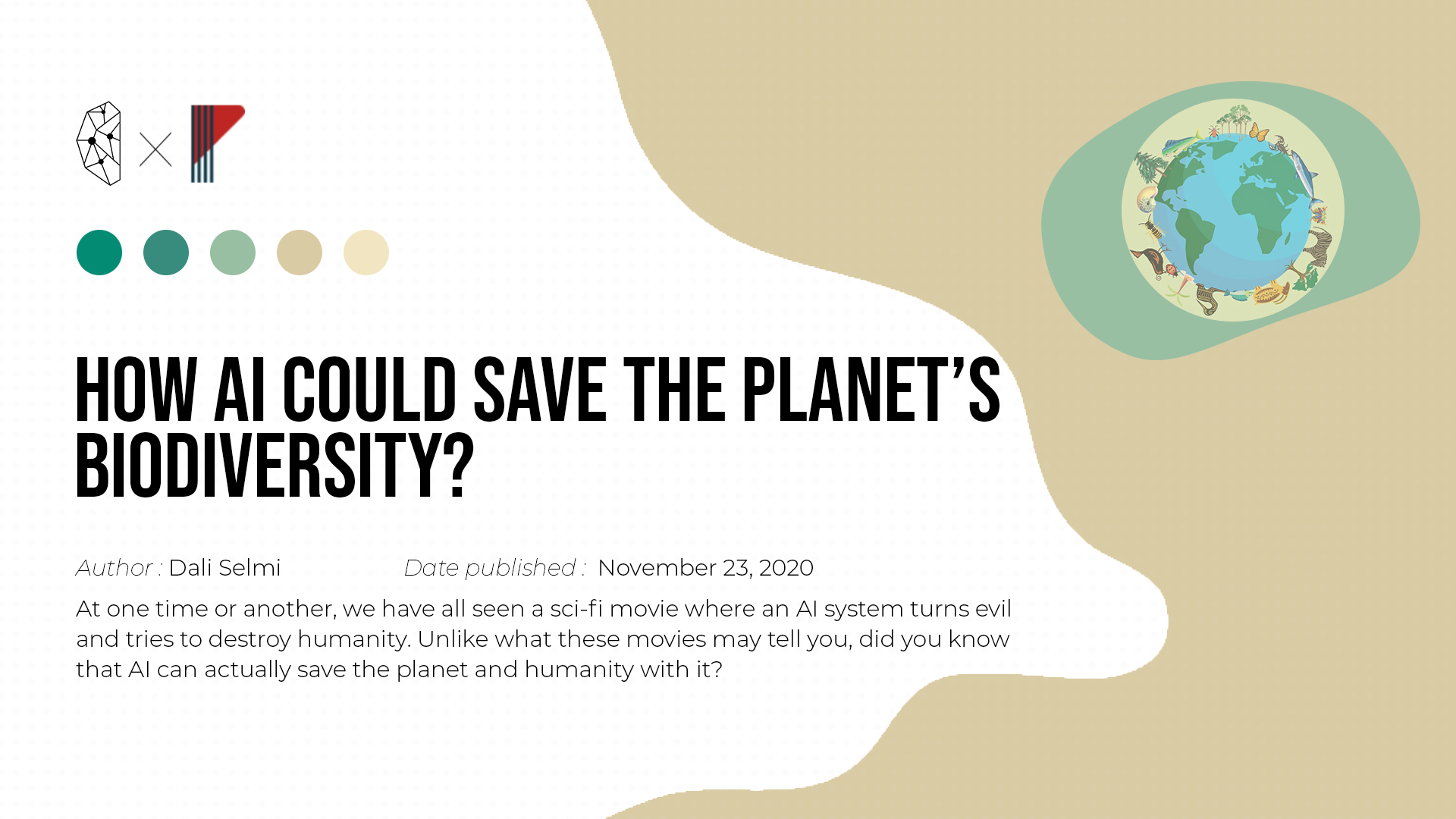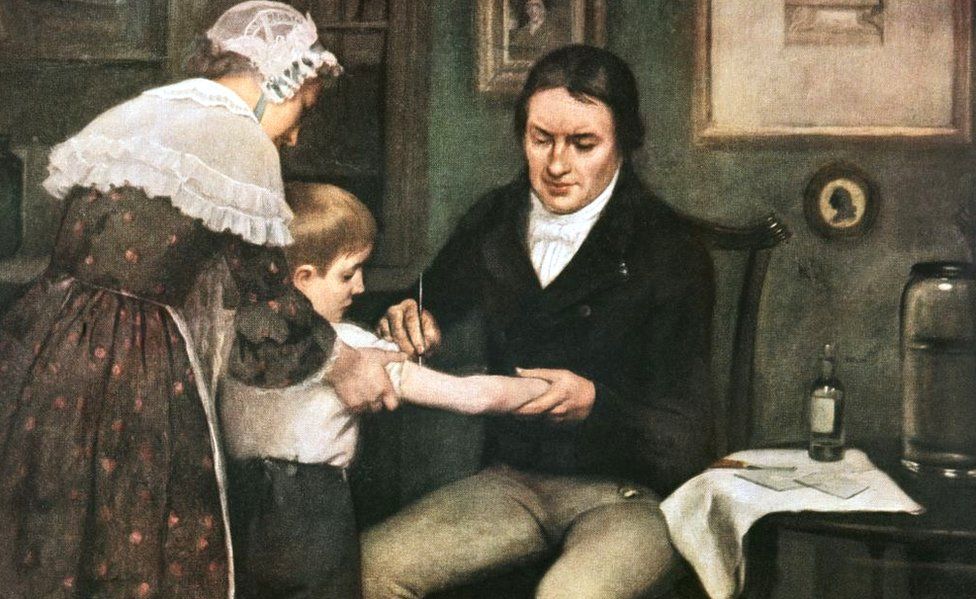Innovations in Data Science and machine learning have brought the benefits of Artificial Intelligence to bear on our daily lives. By working alongside machines, people can now accomplish more by doing less. Putting AI into good use can help solve some of the world’s most urgent and difficult problems rather than helping organize our calendars, order our groceries, or play games.
One of the most fundamental global problems today is the exponential loss of biodiversity. In fact, scientists say that our planet is in the middle of its sixth mass extinction, the worst one since the extinction of dinosaurs, 65 million years ago. And that is due to countless direct and indirect human actions, such as poaching (illegal hunting or capturing of animals), overpopulation, habitat destruction, and climate change. Our planet’s rich biodiversity is taking such a huge hit.
In this fight against human greed, AI models have turned into an unlikely ally, helping save our planet, paradoxically from our own hands.

Today, environmentalists are facing unfair odds as hunters call on the latest technology in night-vision goggles, military-grade weaponry, and sophisticated transportation. But thanks to the immense power of deep learning, AI has unlocked the ability to rapidly scan, process, and analyze a variety of signals, identify risks accurately, and provide almost immediate alerts to the authorities.
It is a type of AI system that is particularly effective at pattern recognition and identification. For example, when these models are given thousands of pictures of whale sharks, they can learn to spot a unique whale shark from a future sighting, with remarkable accuracy let alone handle unstructured data such as images, videos, and audio clips. This incredible feature can help solve another urgent matter which is species collection.
To this day, scientists have discovered and described only 1.5 million species of the estimated 10 million on earth. At current rates, we will have to wait almost 500 years to collect all the estimated species and by then, most of them may be extinct. AI and associated technologies have the ability to close this information gap cost effectively and efficiently with hardware becoming increasingly cheap and power-efficient enough to deploy monitoring systems on the ground, on animals, in the sky, and up in space. Early work is proving that algorithms can sift through the massive amounts of data streaming back from these monitoring systems. In turn, humans and machines can begin to identify the plants, birds, fish, and other species captured by these remotely deployed cameras, microphones, and more sometimes down to the unique individual. And we are finding new ways to deploy these technologies every day. For example, Microsoft is working on ways to use organisms such as mosquitoes as small, self-powered data collection devices that can help us better understand an ecosystem through the animals they feed on.
Artificial intelligence can help us understand land-use patterns as well. Microsoft and others are experimenting with ways to turn high-resolution imagery into land cover maps. These maps provide an unprecedented view of what is where, and how it is changing. This in turn helps governments, organizations, and researchers make more informed decisions about when, where, and how to deploy conservation efforts most effectively for the greatest impact. This creates a virtuous cycle of learning, as all this information can then be fed back into AI systems, making them smarter. Thus, AI methods make it possible to build a digital dashboard for the planet, allowing us to monitor, model, and manage environmental systems at a scale like never seen before.
The most obvious use of AI indeed seems to be for further extraction, consumption, and production. However, in the middle of a climate crisis, and with a deteriorating ecosystem, species are dying. Artificial intelligence can be a magical silver bullet that will help us restore the planet. It won’t be an easy journey, but by applying the power of AI to help both humans and our natural systems thrive, we can help provide a better and healthier future for the planet.
Resources:
How Artificial Intelligence Could Save the Planet
A Multilateral AI Strategy for Biodiversity and Restoration




Share your thoughts